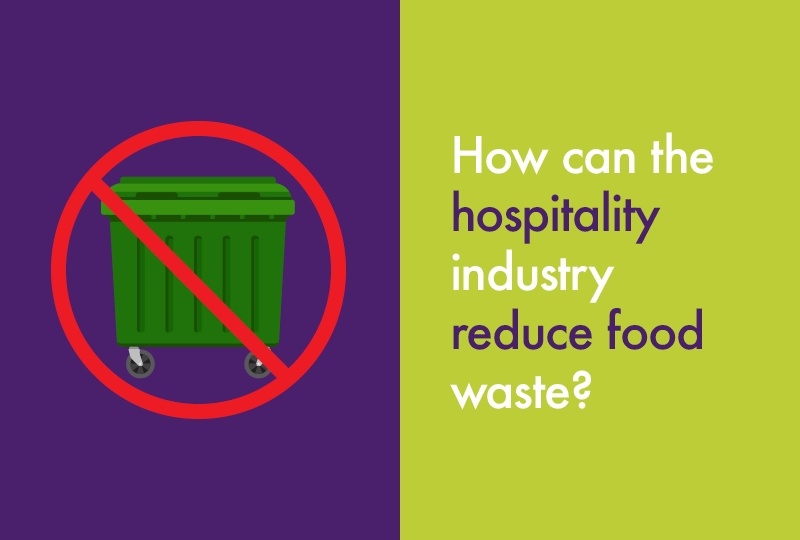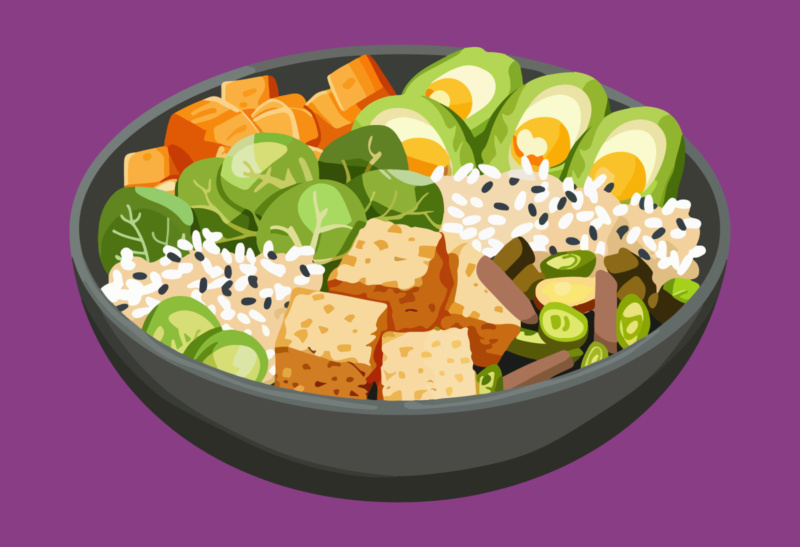A quick google will tell you all about the challenges of feeding a global population and how much food we waste – but these huge numbers figures seem unrelatable somehow, and after all, does it really make that much of a difference to those struggling with food if I throw away that mouldy bread in my kitchen?
We live in crazy and paradoxical times, when it comes to food waste in the UK. Growing inequality means that demand for food banks is at an all-time high, yet almost £1.2bn worth of fruit, veg and bread is binned in the UK every year, with one in five consumers stating the reason they waste so much is they “don’t know what to cook” (The Guardian, 2022).
It’s far too simple to say that food could simply be redistributed – these are complex challenges; lack of cooking skills, the energy (and cost) required to cook food from scratch, coupled with deep-rooted generational food habits mean that a lot of good food still goes to waste. And these are just at the consumer phase of the food lifecycle; there are systemic food supply chain challenges that mean that much food is wasted that never even reaches the point of sale.
Not only this, but the disconnection between consumer and producer means that many of us simply don’t appreciate the resources, time and effort that goes into the production of our food, and how our menu choices impact producers up the chain – a highly visible example of this is seeing all the unsold barbecue meat in a supermarket on an unpredictably rainy bank holiday weekend. There have definitely been days this summer in the UK, when salads would have been remaining unsold on foodservice menus, in favour of hot soup! In this area, ingredient flexibility and chef skills are key to waste reduction.
It’s not all bad news though – users of apps such as Too Good to go, Olio and other local food redistribution apps will have noticed a significant jump in the number of establishments offering food giveaways – for free and/or at a reduced price, depending on the app. According to Wikipedia, Too Good To Go was the fastest-growing sustainable food app start-up by number of downloads in 2022. It claimed to have saved over 200 million meals from going to waste as of March 2023.
From a hospitality outlet point of view, it’s also a chance to recover some of the loss from what would end up in the bin, as each outlet gets a percentage of the purchase price of the reduced food.
It’s never too late to act on food waste, and even those that are already active in this area can continually improve. Here are our top tips for reducing food waste, and hopefully reducing costs at the same time:

1. Explore the use of a food redistribution app such as those already mentioned

2. Engage with WRAP’s Rise up against food waste • Guardians of Grub This includes training on food waste reduction, free tools for measuring and reducing waste and case studies on businesses that have reduced waste and saved costs, thanks to focusing on with food waste.

3. Sign up to WRAP’s Food Waste Reduction Roadmap | WRAP – this sends a clear message to your employees, customers and stakeholders that you’re taking this seriously and playing your part. At Bidfood, we’re part of the food waste reduction roadmap and it’s been really interesting hearing how hospitality and foodservice signatories have really started getting their head around reducing food waste at both front and back of house.

4. Investigate whether food waste solution software solutions such as Winnow might be appropriate for your business Winnow | Commercial Food Waste Solutions (winnowsolutions.com)

5. Engage your team – what are their ideas for reducing waste? They will know what gets binned, what the drivers of waste are, and are likely to have their own ideas for repurposing or diverting waste from the bin, or ideally avoiding it in the first place. If you have a coffee machine, a simple step like having a marker on the jug to indicate exactly how much milk to steam for a latte can be really effective in reducing milk wastage, for example, and the chances are your employees will be glad to see less milk go down the drain. A lovely example I saw recently of an initiative to reduce waste was that of a German supermarket giving away the external /damaged leaves from cabbages etc. to anyone with greens-loving pets. Animal shelters will often accept many types of food waste – at Bidfood we donate regularly to a pig sanctuary. Sometimes it just takes a little imagination!
We hope you find these hints and tips beneficial. If you’re a customer or supplier with insights to share in this area, do get in touch, so that we can share knowledge and work together to address the challenge of food waste.
Find out more about our sustainability vision to become a positive force for change here.
Want more tips? Check out our previous 5 ways to reduce food waste and top 5 ways to encourage customers to reduce food waste.
Hungry for more? Check out our related blogs:
- What I learnt about regenerative farming | Julie Owst
- Journey to net zero – where do you start?
- What does Earth Day mean to Bidfood?
- 4 challenges with carbon labelling on menus
- How is Bidfood aiming to be a positive force for change?
- How to master your sustainability communication online
- 3 reasons why we signed up to the Better Business Act coalition



